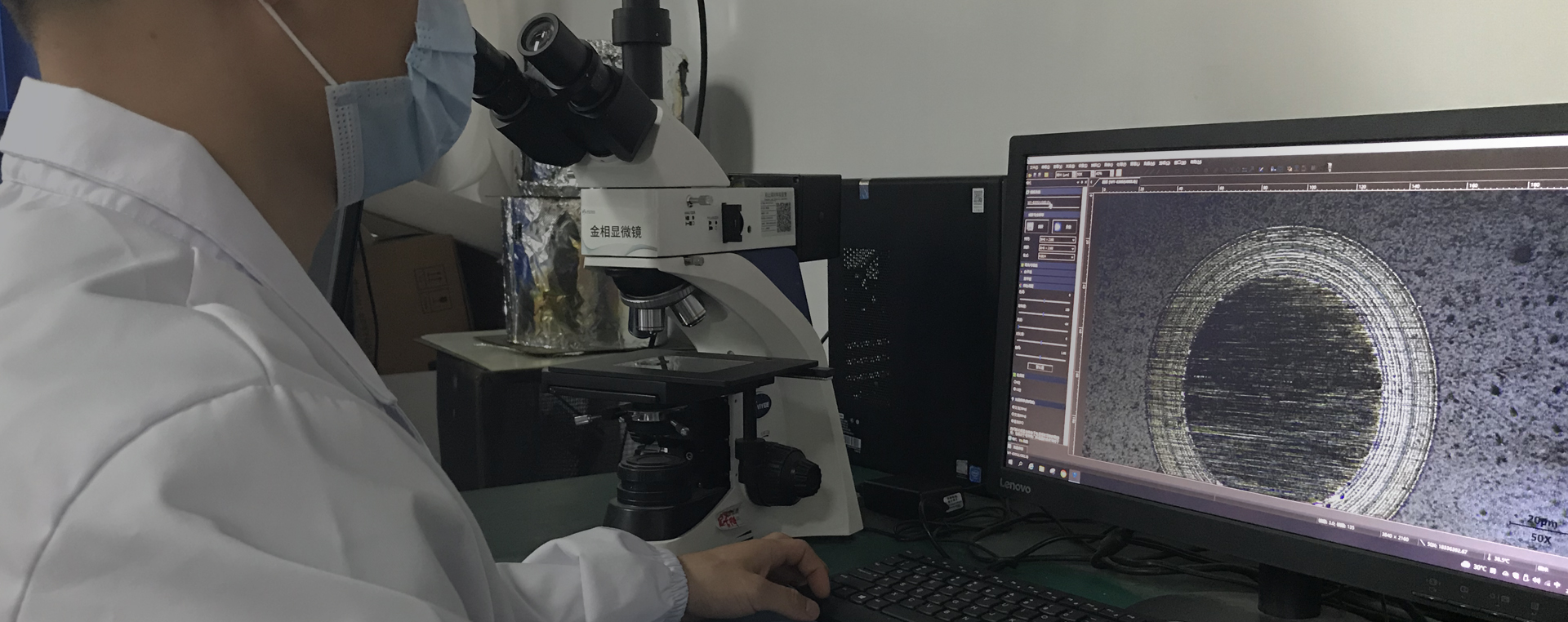Working principle of HIPIMS pulsed magnetron sputtering
Pulsed magnetron sputtering is a kind of magnetron sputtering which replaces the traditional DC power supply with a rectangular wave voltage pulse supply. Pulsed magnetron sputtering technology can effectively control the generation of arc, eliminate the resulting film defects, and can increase the deposition rate, reduce the deposition temperature and a series of significant advantages.
Pulses can be divided into bidirectional pulses and unidirectional pulses. In the negative voltage section, the power supply acts on the sputtering of the target material. In the positive voltage part, electrons and positive charges accumulated on the target surface are introduced to make the surface clean and exposed to the metal surface. The pulse voltage added to the target is the same as that of general magnetron sputtering (400 ~ 500V). Pulsed magnetron sputtering usually uses square wave pulse waveform, which can effectively eliminate the abnormal arc discharge in the middle band (20-200 kHz), control the discharge time of the target, and ensure that the target is non-toxic and does not appear arc discharge. Then the target voltage turns off, and the target even becomes positively charged. Since the velocity of electrons in plasma is much higher than that of ions, the positive voltage of the target is generally only 10% ~ 20% of the negative bias, which can prevent arc discharge. It is concluded that the pulse width (the ratio of positive and negative voltage time) plays a key role. When the pulse width reaches 1∶1, the positive voltage has no obvious effect on the arc discharge, but has a great effect on the deposition rate. When the positive voltage is increased from 10% to 20%(the ratio of negative voltages), the deposition rate can be increased by 50%.
Bidirectional pulse is double target enclosed more unbalanced magnetron sputtering system as shown in figure 6, two magnetic control system on a target connection of the same pulse power, alternately with intermediate frequency double target is similar to two target ACTS as the cathode and anode, cathode sputtering target at the same time, the anode target surface is smooth, so the magnetic control target polarity cyclical change, created a "clean" the effect.
The main parameters of pulsed magnetron sputtering include sputtering voltage, pulse frequency and duty cycle. Since electrons in the plasma are more dynamic than ions, only a negative voltage of 10% to 20% is needed to effectively neutralize the positive charge accumulated on the target surface. The lower limit of frequency is determined to ensure that the field strength formed by the accumulated charge on the target surface is lower than the critical value of the breakdown field strength. The upper limit of frequency is mainly determined by the deposition rate. Generally, under the premise of ensuring stable discharge, try to choose a lower frequency. The duty cycle is selected to ensure that the accumulated charge on the target surface is completely neutralized during the positive voltage phase, thus achieving power efficiency.
A recent development is the addition of pulse bias to the substrate. Pulse bias can improve the flow of ion beam across the substrate. In magnetron sputtering, the substrate ion beam saturates when the negative DC bias is generally added to -100 V. Increasing the negative bias does not increase the basal ion beam. The saturation current is generally considered to be the ion beam current, and electrons cannot approach the substrate surface. The results show that pulse bias can not only increase the substrate saturation current, but also increase the saturation current with the increase of negative bias. The effect is more pronounced when the pulse frequency increases. The mechanism is not clear and may be related to the plasma ionization rate generated by the oscillating electric field and the effect of higher electron temperature. The negative bias of substrate pulse provides a new method to control the substrate current density effectively. This effect can be used to optimize the structure and adhesion of the film and shorten the time of sputtering cleaning and substrate heating.
 0769-81001639
0769-81001639
